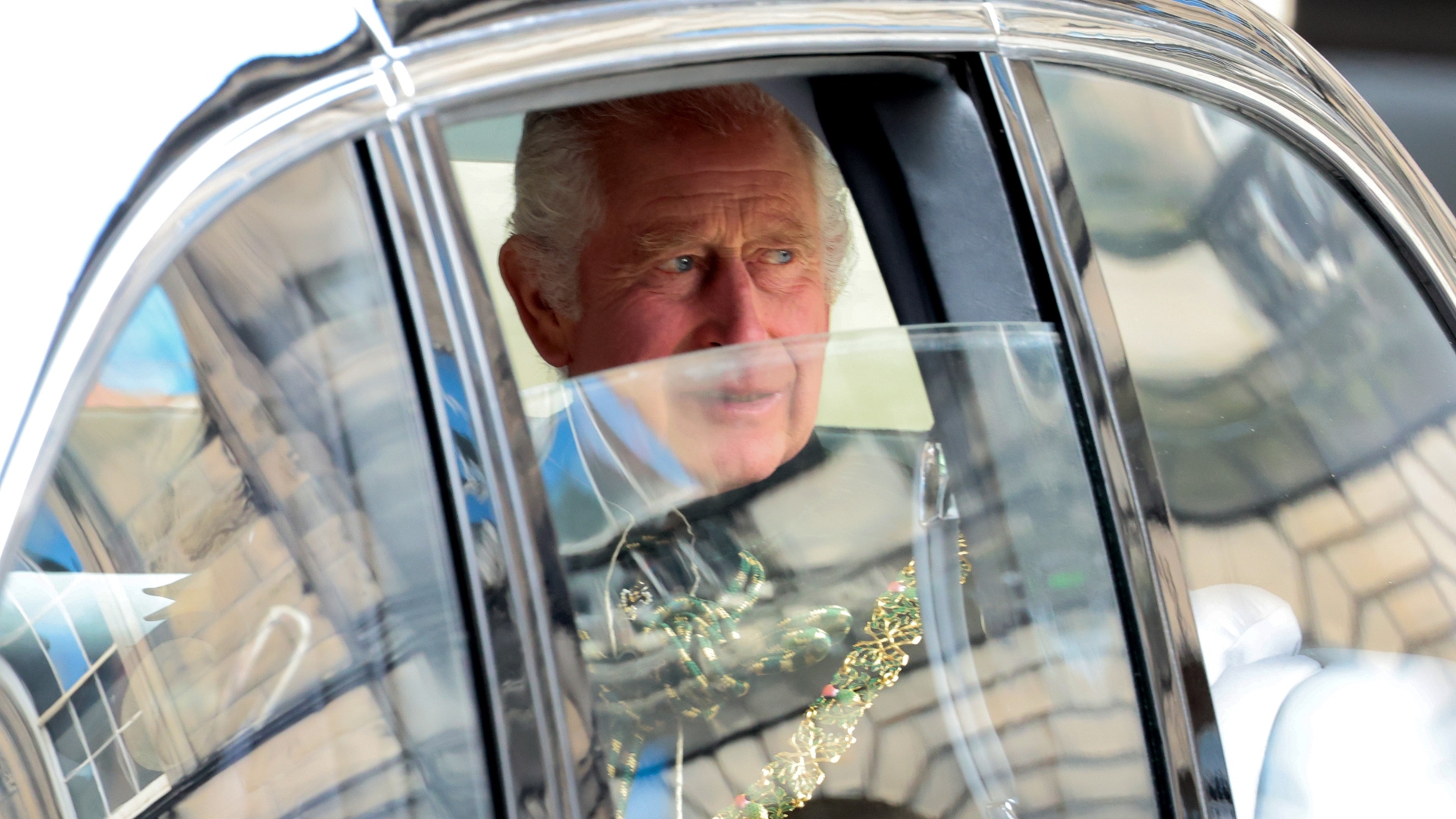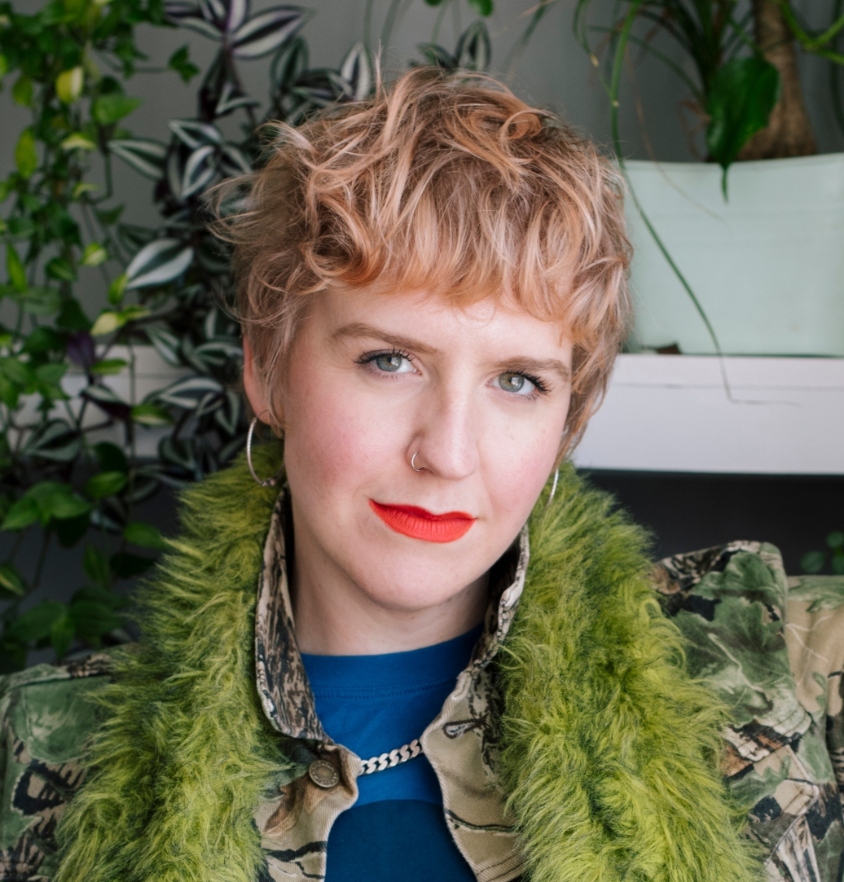King Charles won't be crowned in Scotland for both a symbolic and practical reason - so why is he having a separate Scottish coronation?
King Charles won't be crowned in Scotland owing to a very specific rule but also - there's a fairly awkward reason too!


If you're wondering why King Charles won't be crowned in Scotland, or why he's having a second coronation at all - you're not alone. The reasons behind this are steeped in history and also - head size.
- King Charles won't be crowned in Scotland owing to a rule dictated by history and also, because the Scottish crown wouldn't fit his head anyway!
- The King's big day out has been attended by the Queen, the Prince and Princess of Wales, and swathes of Scottish fans and anti-monarchy protesters.
- In other royal news, Prince William shows his down-to-earth side as he jokes with flirty fan, 'come on girls eat your heart out'.

The King and Queen stepped out in Edinburgh today to celebrate Charles's coronation only two months after the pair were crowned in London's Westminster Abbey. As they left their official residence at Holyroodhouse for a short drive to St Giles’ Cathedral, they were met with many well-wishers - and anti-royal protesters - along the way.
Princess Catherine's royal blue ensemble may have stolen the show during the service of thanksgiving and dedication at the city's St Giles Cathedral - but it was all about the head of the Royal Family for this huge event.
His Majesty received what's known as the 'Hounours of Scotland', which is comprised of a sword made from silver, gold, and precious stones; a scepter; and a crown. However, the crown didn't touch his royal head.
Why? Well, according to BBC host James Naughtie, "He won't wear the crown today, apart from anything else it's too small. It's simply going to be presented to him."
However, the Mirror reports that there's actually a lot more to it than that, and even if he could squeeze the crown onto his head - he wouldn't wear it anyway, because of the history between Scotland and the United Kingdom.
Prior to 1707, Scotland had its own monarchy. The Act of Union back in 1707 saw the countries unite and form Great Britain. The crown featured in the Scottish Honours has its own interesting history, as it once belonged to Scottish King James V, who ruled from 1513, at only 17 months old, until he died in 1542.
Sign up to our free daily email for the latest royal and entertainment news, interesting opinion, expert advice on styling and beauty trends, and no-nonsense guides to the health and wellness questions you want answered.
According to the Act of Union, Scotland isn't its own independent royal realm so the Mirror reports that it, "would be inappropriate - and inaccurate - for King Charles to be crowned as King in Scotland."
Why is King Charles having a second coronation in Scotland?

These festivities mark the fact that he's the King of England but also the King of Great Britain since the Union of the Crowns in 1603.
Interestingly enough, it was his namesake King Charles I who first celebrated a second Scottish coronation back in 1635 after the country's parliament had asked for the monarch to be crowned on their soil.
After King George IV's coronation back in 1822, the tradition was paused until it was resurrected by Queen Elizabeth II in 1953.

Aoife is an Irish journalist and writer with a background in creative writing, comedy, and TV production.
Formerly woman&home's junior news editor and a contributing writer at Bustle, her words can be found in the Metro, Huffpost, Delicious, Imperica and EVOKE.
Her poetry features in the Queer Life, Queer Love anthology.
Outside of work you might bump into her at a garden center, charity shop, yoga studio, lifting heavy weights, or (most likely) supping/eating some sort of delicious drink/meal.